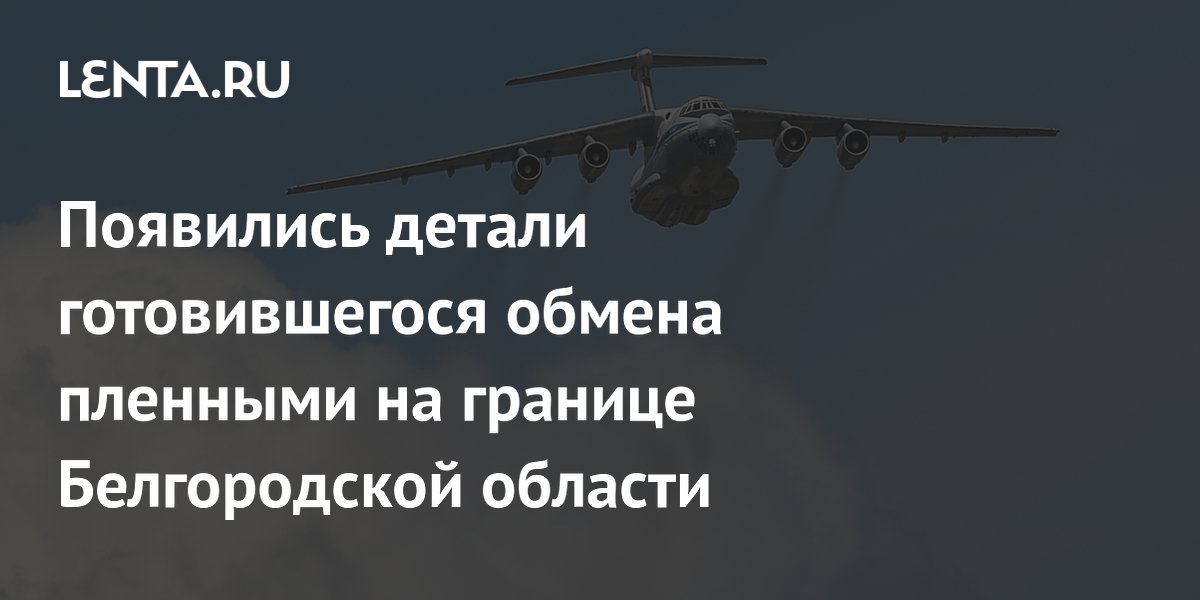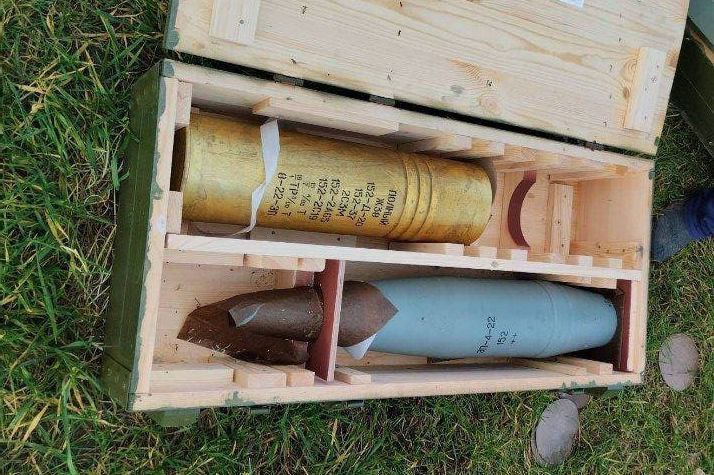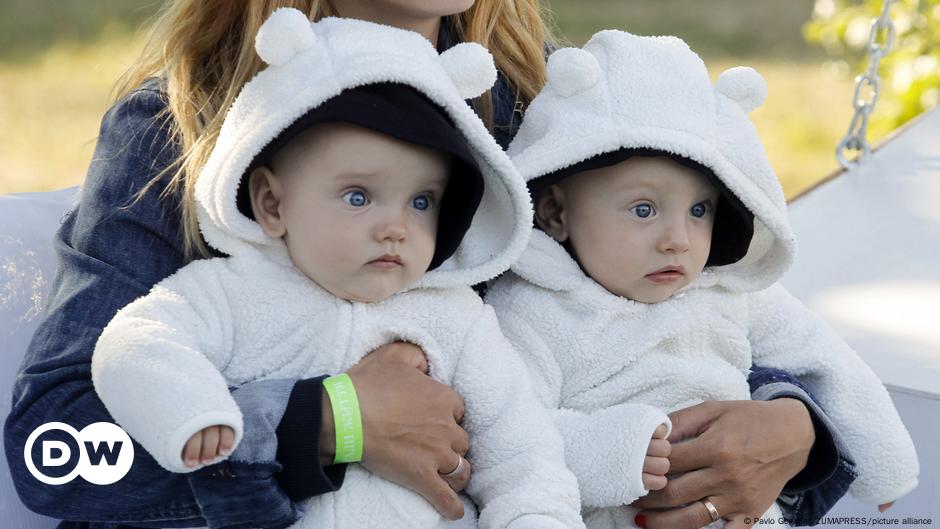Here is a tweet from Anthony King in regard to strategy in Ukraine. This one is a bit of a counter argument to the article by Kofman et al I cited above. Some may call it pessimistic and disagree (possibly a majority); on the contrary, I actually believe this is a more realistic scenario, even with good amount of optimism for me. Anyway, here it is:
And for those without a Twitter account:
@antbruceking: 1/ Strategy for Ukraine: The west’ strategy for #UkraineRussiaWar 2024 has become an urgent question. Many commentators @shashj @KofmanMichael @RALee85 @HoansSolo @Jack_Watling have already stressed t...…

threadreaderapp.com
I stated several times that, in my opinion, the best time for the negotiations was when the first counteroffensive was culminating in the fall of 2022. I also stated back in the winter of 2023 (if not earlier) that I didn't believe the Ukrainians would be able to make any more significant gains. I still believe this is the case, now reinforced. From the fall of 2022 and on, it is mainly loss of lives, collection of debt, and, perhaps, eventual economic collapse and a failed state (this could be seen as pessimism that is based on reality as outlined below).
While many still do not see this as an issue, for whatever reason, the situation in Ukraine is not sustainable. Perhaps, the situation in Russia is not sustainable in the long term economically speaking either, but Ukraine is on the brink of collapse every month or two without significant external aid. This is probably a broken record on my part, but here is another article from today at Politico outlining the fiscal situation in Ukraine with lots of graphs (could be better):
A ballooning defense budget and dwindling international aid could push Ukraine’s war-torn economy to the brink.

www.politico.eu
While spending all (literally) of their internal revenue on defense (and likely still wouldn’t be able to hold their current positions without the aid previously supplied), they are definitely not in the position of breaking the Russian lines without the western military aid in higher quantities (and qualities?) than have already been supplied. Whether we (the west) posses such quantities of the equipment to donate is questionable to begin with (the answer is most likely no). It has been shown for a while now and lately reinforced multiple times that we are in no position to supply the artillery munitions in numbers anywhere near to those demanded by the war. Kofman et al suggest that the promised 1M shells by the EU may materialize by 2025. As per their own writing, however, that amount was used in 4 months of the UA offensive and it was still not sufficient. So a million shells in 2 years (to note, it is still not a certainty) plus the American supplies that also stretch between restocking and supplying Israel and Ukraine is not even remotely close to what is needed (Kofman et al suggest that the western production capacity cannot sustain UA demands even for the defensive purposes). Dumping the remaining stocks of cluster munitions would help, but, again, it is not sufficient.
Many, including the authors of the aforementioned article, suggest that drone manufacturing may help substituting for some of the artillery power. Well, my counterargument is imagine the UA forces heading into their latest offensive without the South Korean artillery shells, but some quantity of FPV drones instead. I would propose that it would not go very well for them and would go much better for the Russians. Therefore, based on my speculation (though, I am certain it would be pretty hard to argue against it), while these assets are crucial for the current war, they are not substitute for the artillery.
Another suggestion that is circulated around is the Taurus missiles that will take down the bridge over the Kerch Strait. First of all, we are not certain such a strike would be successful to begin with. Assuming it was successful, I would again propose that, while it would certainly complicate things for the Russians (likely temporarily), it would not have a significant effect on the situation on the frontline without significant gains on the ground, which I do not believe are feasible for the UAF due to the reasons described above and below. Kofman et al support my position in their article as well.
Another issue is UA manpower. This was already discussed here previously to a certain extent. What hadn’t been discussed, I believe, is the current proposal to decrease the age of those eligible for mobilization to 25 from the current 27. The effect on already, in my opinion, catastrophic demographic situation in Ukraine (discussed previously a while ago and a bit below) is not going to be negligible, but is it going to have much positive effect on the Ukrainian armed forces at all? According to Kofman et al (and other sources I saw previously support their position as well), “the Ukrainian military will struggle to conduct offensive operations if the average age continues to climb well into the 40s”. Would this change in the mobilization eligibility greatly affect the average age of a soldier on the battlefield? My guess (with nothing to support it with at this moment) is it would still remain in the forties and have only marginal effect on the overall performance of the troops. Furthermore, by Budanov’s admission that was cited earlier (a couple of weeks ago?) by Fredled, the actual return on the battlefield from these forcefully mobilized “young guns” is very little.
Here is another bit that refers back to the fiscal issues, but also touches on the demographics subject:
Svyrydenko said she hoped the EU would approve support in February and deliver the funds before the end of March. But she also said this would not be enough.
Kyiv has been trying to save cash and reprioritise expenditure since September, when western support began to falter. It has increased a windfall tax on banks to 50 per cent and transferred revenues from a 1.5 per cent supplemental income tax from local to central government. But it is already facing a shortfall, the minister said. About $5bn in disbursements from international donors and lenders in December “won’t be sufficient” to cover spending needs.
Svyrydenko said Ukraine would prioritise defence and debt servicing which meant “there’s a huge risk of underfunding of certain social sectors”. Kyiv might have to delay paying wages for 500,000 civil servants and 1.4mn teachers and benefits for 10mn pensioners if foreign aid did not come through, she said.
From Financial Times (dated Dec 27, 2023):
Note the last number in the last paragraph - 10 million people collecting pension in the country of… well, I see 37.5M everywhere (for example,
here, but other places provide similar or the same number). It is most certainly not anywhere near 37M; likely low 30s or high 20s would be my guess. I think to say that about a third of the country is at the retirement age would be a safe estimate. In Canada, for example, this number represents 19% of the population and it is an issue (for a country that is not at war). One would likely come to a conclusion that the fertility rate is not overly high either and they would be exactly right.
About 93,500 infants were born in Ukraine in the first half of this year, 28% fewer than during the same period in 2021 before Russia launched its full-scale invasion of the country. While the birth rate in Ukraine had already declined over the past decade, the exodus of the country's female population and the security risks linked to the war have had a catastrophic impact.
According to the worst-case scenario estimated by Ella Libanova, director of the Ptoukha Institute for Demography and Social Studies of the National Academy of Sciences of Ukraine, the current population of approximately 37 million could fall to 26 million over the next 10 years.
From DW (dated Oct 5, 2023):
Even before Russia's full-scale invasion, alarmingly low birth and fertility rates have restricted Ukraine's population growth. The war has drastically exacerbated the situation, and experts have called for action.

amp.dw.com
I would again caution about the 37M initial number, it is way to high of a number.
There are quite a few more issues to be addressed here, but this all the time I have at the moment. So, to conclude this post, I believe King’s proposal has quite a bit of optimistic reality in it.










